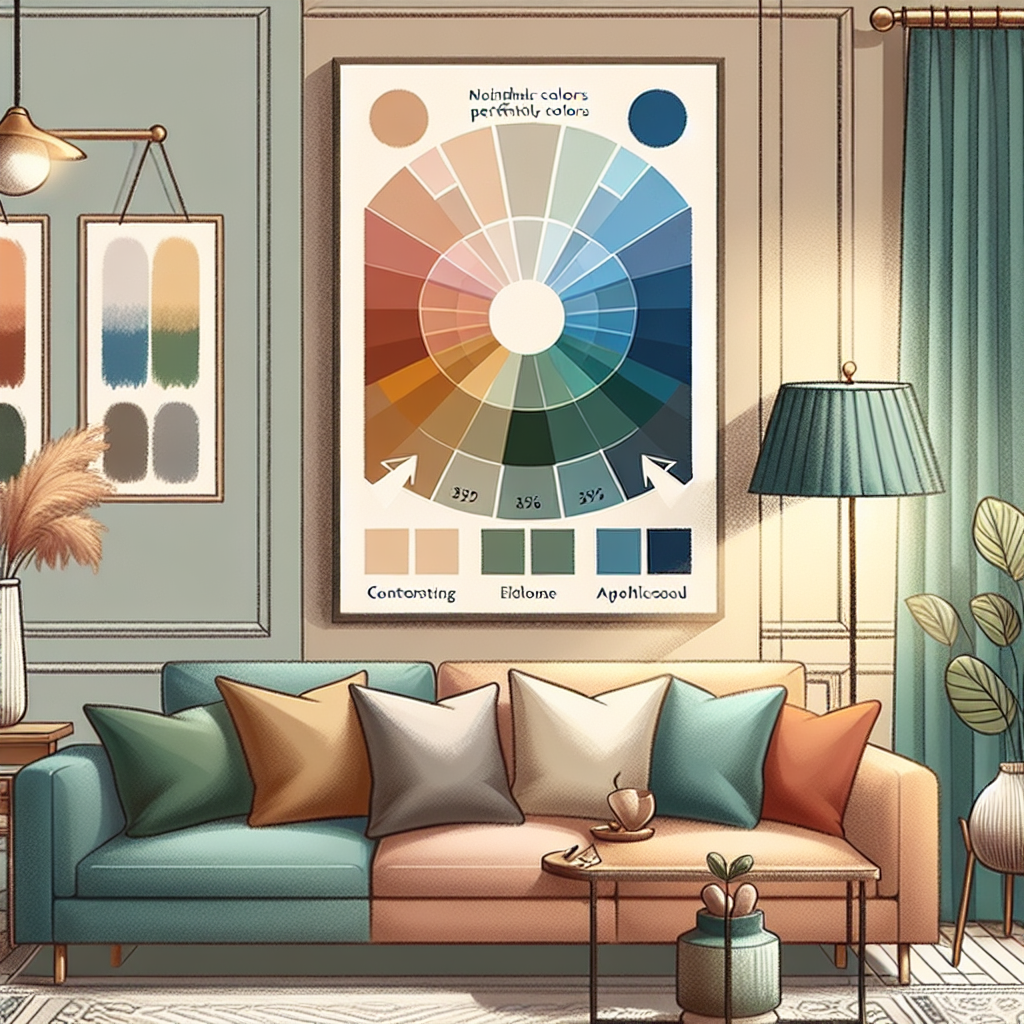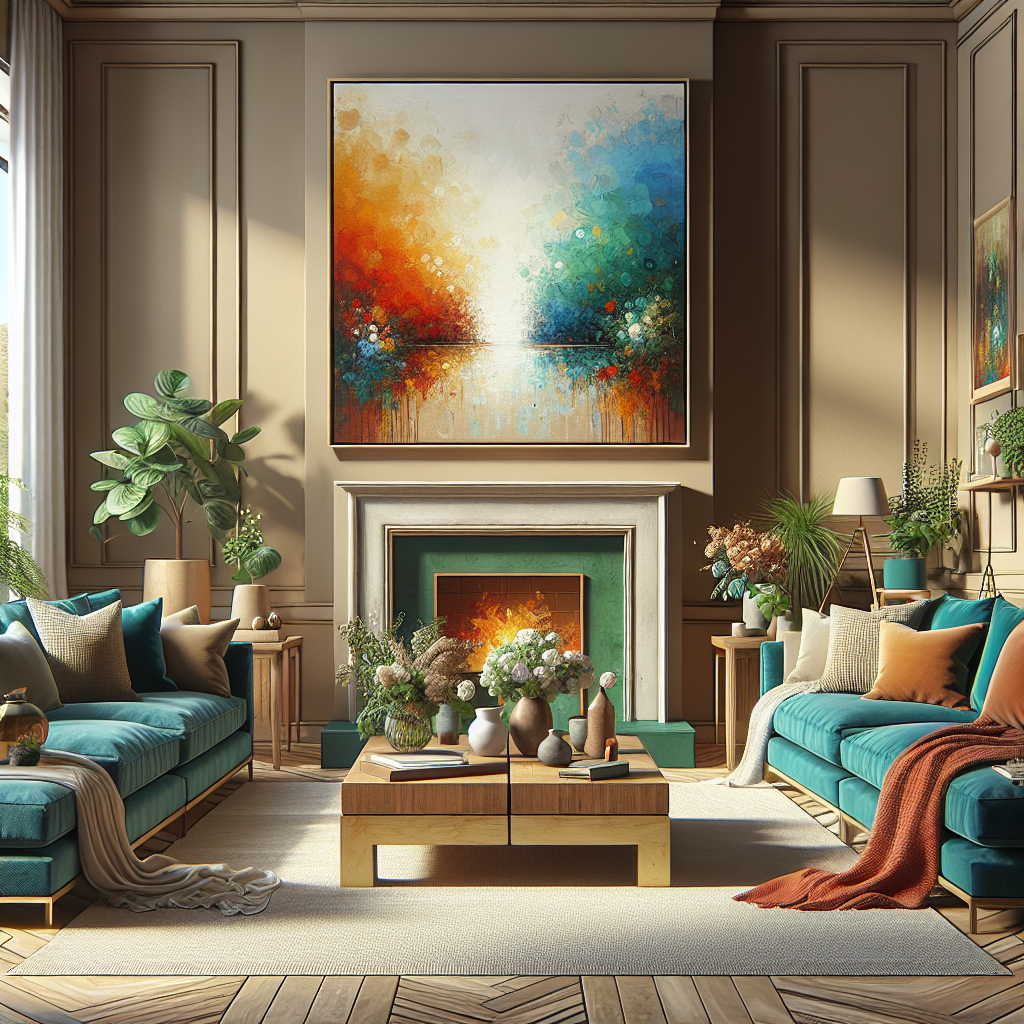“Harmonize Your Habitat: Mastering the Art of Color Coordination in Home Decor”
Mastering the Art of Color Coordination in Home Decor

Color coordination in home decor is an art that can transform your living space from ordinary to extraordinary. It’s all about creating a harmonious balance that not only reflects your personal style but also enhances the aesthetic appeal of your home. So, how do you perfectly match colors in your home decor? Let’s delve into the art of color coordination.
Firstly, understanding the color wheel is crucial. This circular diagram of colors is your best friend when it comes to color coordination. It shows the relationship between different colors and helps you understand which colors complement each other. For instance, colors that are opposite each other on the color wheel, like blue and orange, are complementary and create a vibrant look when used together. On the other hand, colors that are next to each other, like green and yellow, are analogous and provide a serene and comfortable design.
Next, consider the 60-30-10 rule. This is a timeless decorating rule that designers swear by, and it’s a great way to balance colors in your space. The rule suggests that 60% of the room should be a dominant color, 30% a secondary color, and 10% an accent color. The dominant color is usually a neutral tone that sets the overall mood. The secondary color supports the dominant color but is different enough to give the room interest, and the accent color is the bold, eye-catching color that brings life and energy to the room.
Another important aspect of color coordination is understanding the impact of light. Natural light can significantly affect how a color looks. A color that looks great in the store under fluorescent lighting may look entirely different in your home under natural light. Therefore, it’s always a good idea to bring home paint samples and observe how they change under different lighting conditions throughout the day.
Don’t forget about the power of neutrals. Neutrals are the backbone of any color scheme and provide a canvas for other colors to shine. They bring balance and sophistication to any room. Whites, beiges, grays, and blacks can be used in different combinations to create a variety of moods and looks. For instance, a room with white walls and black furniture can look modern and chic, while a room with beige walls and brown furniture can look warm and cozy.
Lastly, remember that color coordination is not just about paint. It extends to furniture, fabrics, accessories, and even artwork. These elements can either complement or contrast with the wall color, adding depth and interest to the room. For example, a blue sofa against a yellow wall can create a striking contrast, while a green rug in a room with blue walls can create a harmonious look.
In conclusion, mastering the art of color coordination in home decor is all about understanding the color wheel, following the 60-30-10 rule, considering the impact of light, using neutrals wisely, and extending the color scheme to all elements of the room. With these tips in mind, you can create a beautifully coordinated home that reflects your personal style and enhances your living space.

